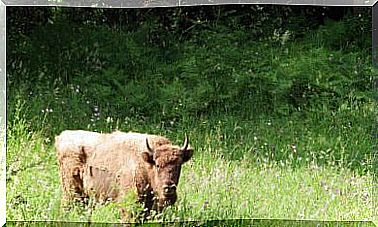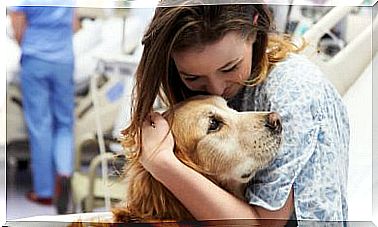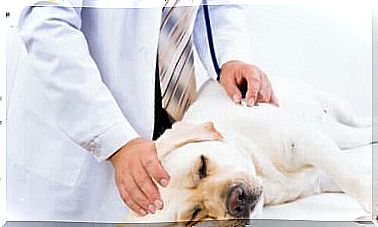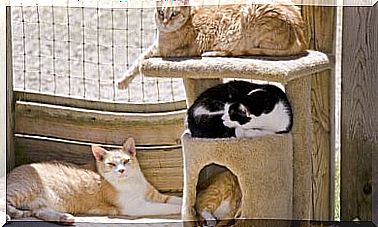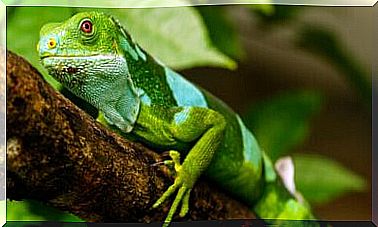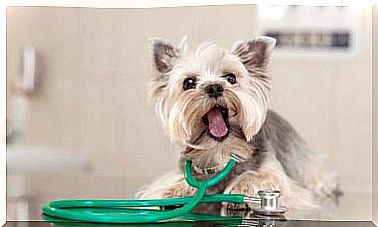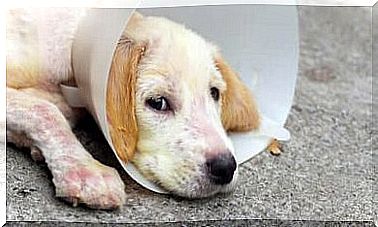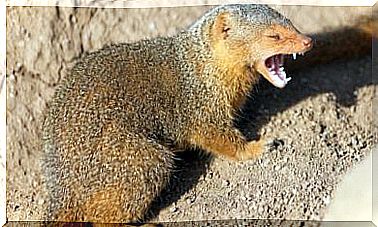All About Italian Volpino And How To Take Care Of It

The Italian Volpino is a small breed, but full of energy. These dogs have benefited from both Italian royalty and workers, not only because of their size, but also because of their abilities. Volpino doesn’t mind being a lap dog, but he also loves protecting his territory and playing with other dogs.
Volpino is an extremely rare breed, with only about 3,000 extant specimens. Therefore, finding a volpino breeder is not so easy. However, those who own them simply love the breed. These dogs are very intelligent, so they are very easy to train as they absorb information like a sponge.
History of Italian Volpino
As we know, the Volpino is an Italian breed of spitz that was once extremely popular throughout Italy. Traditionally, court ladies used the volpines as lap dogs, while non-royal people used them as guard dogs. It is claimed that even the Italian artist Michelangelo had a volpino as a pet.
Italian immigrants took volpino to North America in the late 19th and early 20th centuries. However, they were mainly used as companion dogs at the time and were never considered an authentic breed.
Characteristics of Italian Volpino
The volpino reaches a height of up to 33 centimeters. However, their soft coat can give the impression of extra height. They weigh between two and four kilos, although females are generally smaller in size compared to males.
personality and character
The Volpino is known to be a cheerful and playful breed that loves to be with their family and other people. Like other spitz breeds, they are territorial and bark when they sense the presence of other people on their property. This protective instinct is very valuable.

Barking can be annoying, but it’s completely trainable, so there’s nothing to worry about. The Italian Volpino has working race instincts, which means he is full of energy.
Health and potential problems
All dog breeds can develop health problems. In this way they are no different from cats, humans or birds. Some of these health problems are hereditary, but others can also develop due to environmental factors.
Regarding hereditary conditions, it is important to look at the parents of the volpin you would like to have. The breeder must provide a certificate of health, showing they have no hereditary health problems.
Make sure health certificates with up-to-date eye exams and a patellar dislocation exam are included. This will greatly reduce the risk that your volpino will develop a problem. However, it does not mean that your dog is exempt from some future problems.
Here are some of the common problems found in Italian volpino:
Obesity
Many people who have small dogs imagine that they don’t need the same amount of exercise as large breeds. However, this is completely incorrect. Regardless of size, your dog needs an adequate amount of daily exercise.
patellar dislocation
The Italian Volpino is not the only breed that suffers from patellar dislocation. In fact, many breeds develop this condition.
Patellar dislocation occurs when the patella dislocates from the thigh bone. This will be noticed if your volpino has difficulty walking, as well as being lethargic. Treatment options are very limited, with surgery being the most drastic.
Dislocation of the primary lens (PLL) or lens
This is a widely recognized and painful condition that causes blindness and affects many breeds. The zonular fibers that support the lens deteriorate or break, causing the lens to fall out.
If the lens falls into the anterior chamber of the eye, glaucoma and blindness can occur quickly. However, it is possible to have a DNA test to see if your dog is at risk of developing PLL.
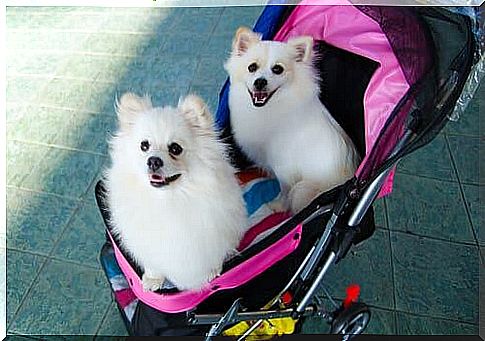
How to take care of the Italian volpino
Yes, the volpino is a small breed, but that doesn’t mean it’s a lazy dog. As you already know from its personality, it is a happy and playful breed, with plenty of energy. While these dogs are the perfect size for an apartment, chasing a ball around the room is not enough exercise.
Like all breeds, the Italian Volpino needs daily exercise and socializing with other dogs. Walking daily and allowing them to socialize with other dogs is the best form of physical activity for them.
food
When feeding any dog, including a volpino, you need to ensure that it consumes high quality food. Whether with processed pet food or homemade food, your dog must receive the essential nutrients to maintain adequate health and energy.
Hygiene
Volpino has a double layer in solid white, red or champagne. Its inner layer is soft and thick, while the top layer is rough because it is used for protection. The volpino has a fur collar around its neck and a dense tail.
It is necessary to brush the dog weekly to remove hair and dead cells. Otherwise, you run the risk of your furniture and clothing becoming covered in fur, which is even more difficult to remove.
Because they have a thick coat, you can trim their fur, especially around the pads and fingers, to make them look cleaner and more comfortable.
Also, be sure to examine the animal’s eyes and clean its ears to prevent infections. Before bathing, be sure to brush your hair to remove the knots.
